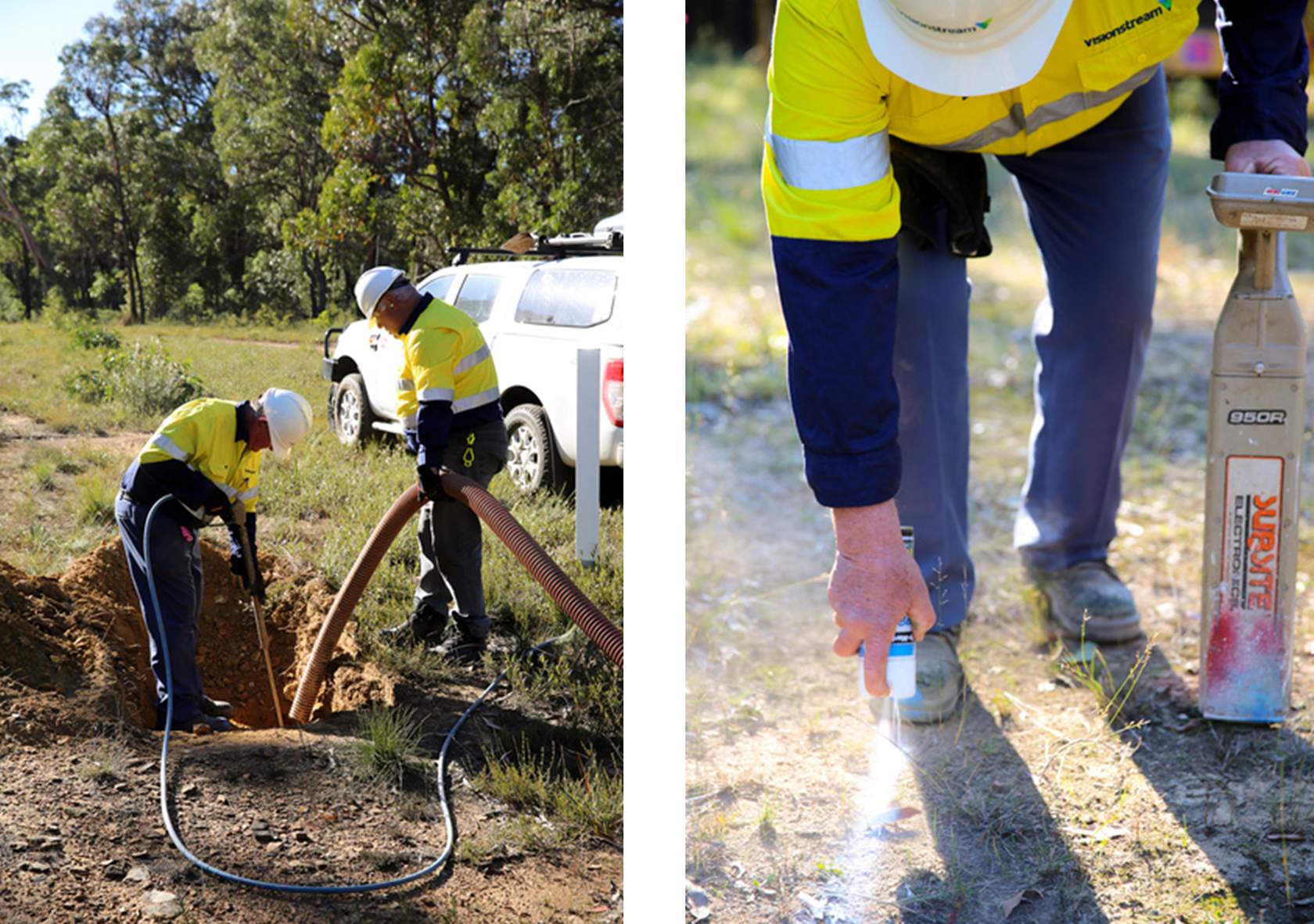
Have you asked the right questions to keep yourself and others safe for life?
- Am I aware of the risk controls for working near live underground or overhead services?
- Am I verified as competent to operate equipment or work near live services?
- Do I know where all the utilities and services are in the area (depth below and height above)?
- Have I identified and protected the services from damage (signage and markers)?
- Am I aware of safe approach distances and no-go zones if I need to work near high voltage lines or a high-pressure gas line?
- Do I have a spotter if I’ll be operating plant near live services?
- Have I put traffic controls in place if needed?
Mandatory Safety Rules
- Treat all services as live and maintain the safe approach distance
- Verify isolation and zero energy before work begins
- Operate plant within defined safety limits

Working Near Live Services Best Practices

Competency Persons operating equipment or working near live services are certified as competent (e.g. for work in Zone C – No Go or Zone B situations).
Critical Assets Clearance limits communicated and observed for work near high voltage electrical lines or a high-pressure gas line.
Access Control Competent Safety Observer/ Spotter in place when mobile plant and equipment are working near live services (Zone B or C).
Exclusion Zone Work is conducted outside the designated Safe Approach Distance and is adhering to clearance limits around exclusion zones.
Risk Assessment Risk Assessment/ Permit, including SWMS, in place for work near live underground or overhead services.
Identification & Protection Physical warning devices and/or high visibility signage/ protection in place for live services that may be impacted by operating plant.
Services Identification Location, depth and/or height of services is positively identified (e.g. via Dial Before You Dig, service diagrams and potholing/ GPR or similar scanning techniques).
